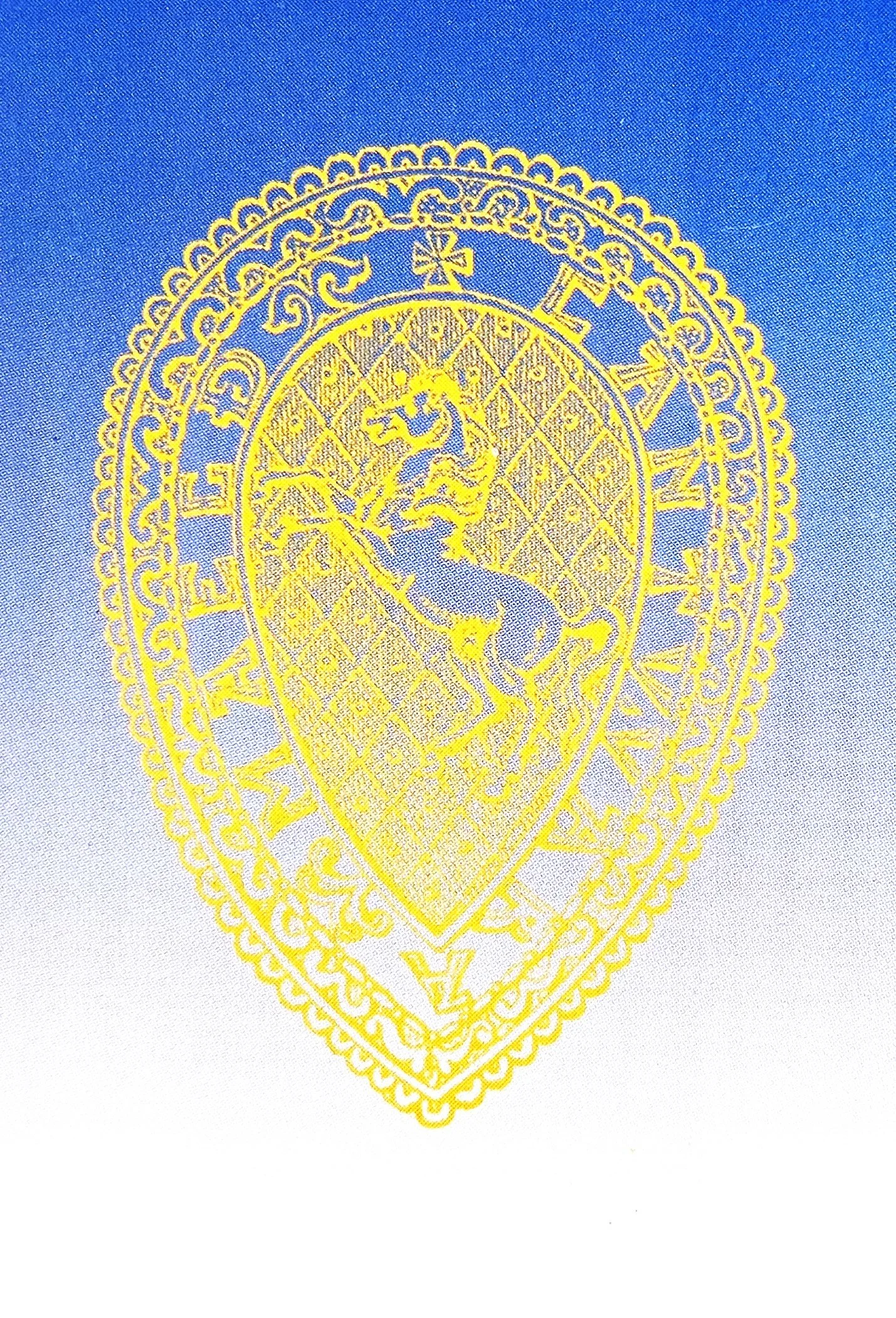Paul Oldham, 2007, KAS Newsletter, Issue 72 (Spring 2007). Maidstone: Kent Archaeological Society.
KAS Newsletter, Issue 72 (Spring 2007). Maidstone: Kent Archaeological Society.
Jake Weekes, 2007, KAS Newsletter, Issue 72 (Spring 2007). Maidstone: Kent Archaeological Society.
KAS Newsletter, Issue 72 (Spring 2007). Maidstone: Kent Archaeological Society.
KAS Newsletter, Issue 72 (Spring 2007). Maidstone: Kent Archaeological Society.
KAS Newsletter, Issue 72 (Spring 2007). Maidstone: Kent Archaeological Society.
KAS Newsletter, Issue 72 (Spring 2007). Maidstone: Kent Archaeological Society.
KAS Newsletter, Issue 72 (Spring 2007). Maidstone: Kent Archaeological Society.
KAS Newsletter, Issue 72 (Spring 2007). Maidstone: Kent Archaeological Society.
, 2007, KAS Newsletter, Issue 72 (Spring 2007). Maidstone: Kent Archaeological Society.
KAS Newsletter, Issue 72 (Spring 2007). Maidstone: Kent Archaeological Society.
KAS Newsletter, Issue 72 (Spring 2007). Maidstone: Kent Archaeological Society.








Andrew Richardson, 2007, KAS Newsletter, Issue 72 (Spring 2007). Maidstone: Kent Archaeological Society.